What are the opportunities in Aotearoa for Indian immigrants and their families to read books in their homes languages? Children’s book author Aruna Shekar dives into the availability of Indian language children’s books and why she wanted to publish her latest book in so many languages.
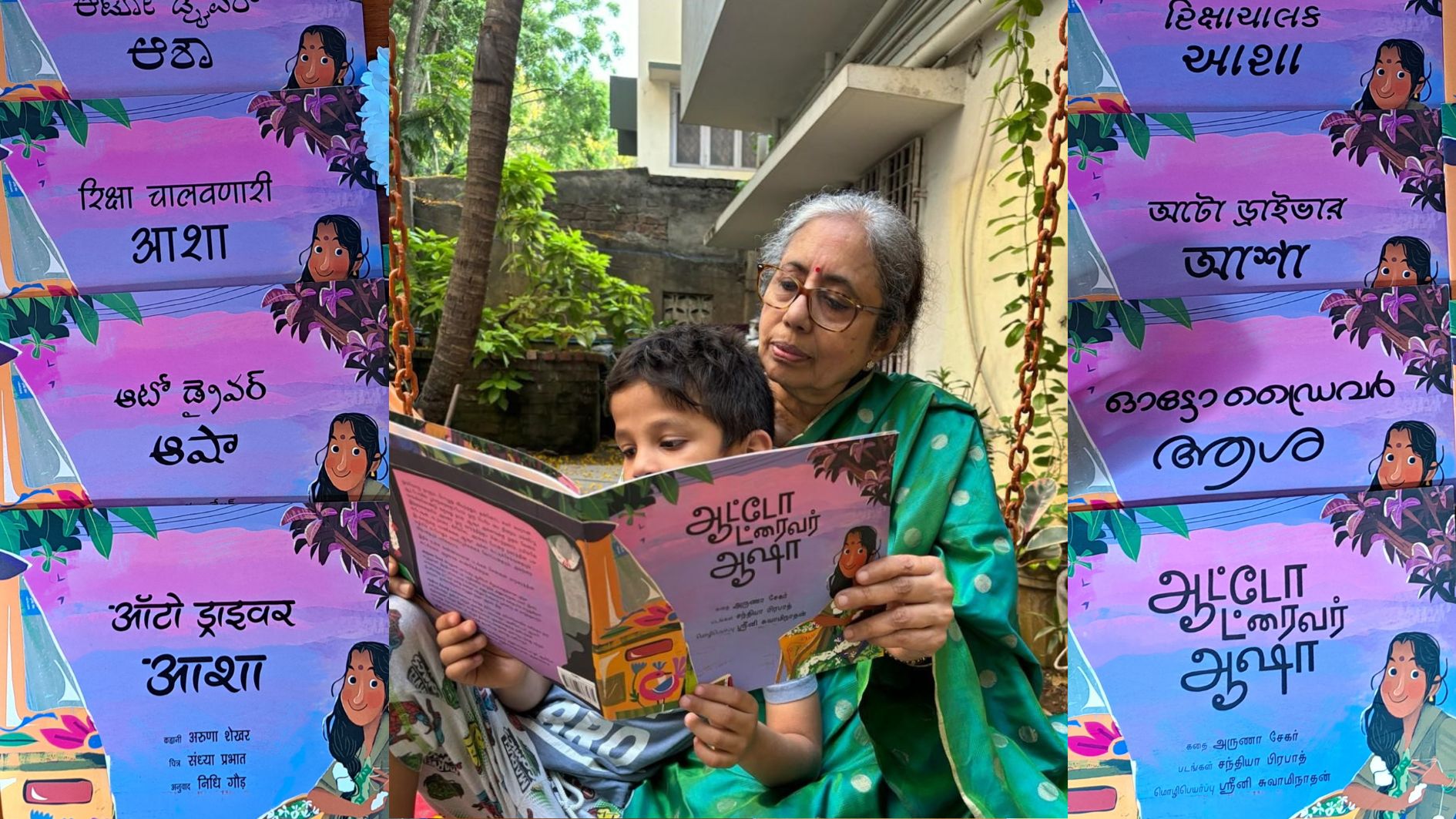
Many children of immigrants growing up in New Zealand are disconnected from their native languages. This is true for young children who are growing up in a new place far from their home country. They often miss out on their grandparents’ storytelling, hearing their native language spoken or reading multilingual books. It is very important for children to have access to a wide variety of books in different languages that portray a range of characters and cultures. Books are like windows offering views of a different world to readers.
books have the power to foster connections across cultures and continents
According to the 2018 New Zealand census, there were around 240,000 Indians in the country, making up 4.7% of the population. This is an increase of 54.1% since the 2013 census. Extrapolating forward to the 2023 census (data yet to be released), they will form well over 5% of the population. New Zealand is a multi-ethnic society; the Asian population is 15% and growing steadily.
Migration brings with it a number of benefits, including exposure to diverse cultures, languages, and ways of life. However, it also presents challenges, particularly for children who may find themselves in unfamiliar environments far from their homes and communities.
In a world where geographical mobility is increasingly common, books have the power to foster connections across cultures and continents. Through stories like Asha the Auto-Driver (a picture book I’ve published in multiple languages), children can travel across borders in their imaginations, enrich their lives and broaden their outlook in the process.
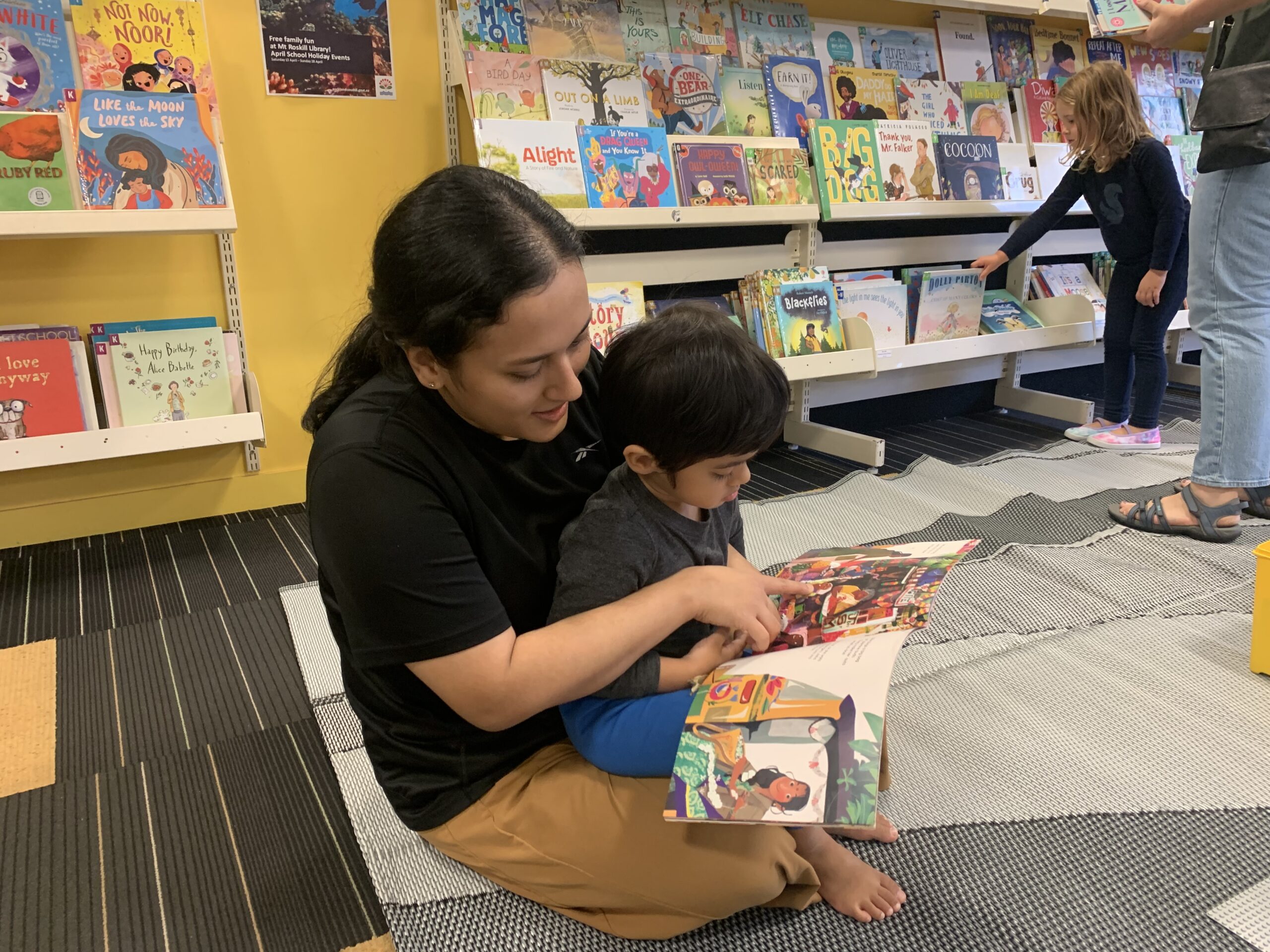
Books can provide a sense of continuity and connection for children who may be experiencing feelings of homesickness or alienation. Seeing familiar landscapes, traditions, and values reflected in the pages of a book can help children feel a sense of belonging and a link to their culture.
In addition to supporting children’s social and emotional well-being, books also offer practical benefits for language acquisition and literacy development. For children who are learning a new language, reading stories in both their native tongue and the language of their new environment can, according to The New School for Social Research, enhance their language skills, their self-esteem and facilitate their integration into their new communities.
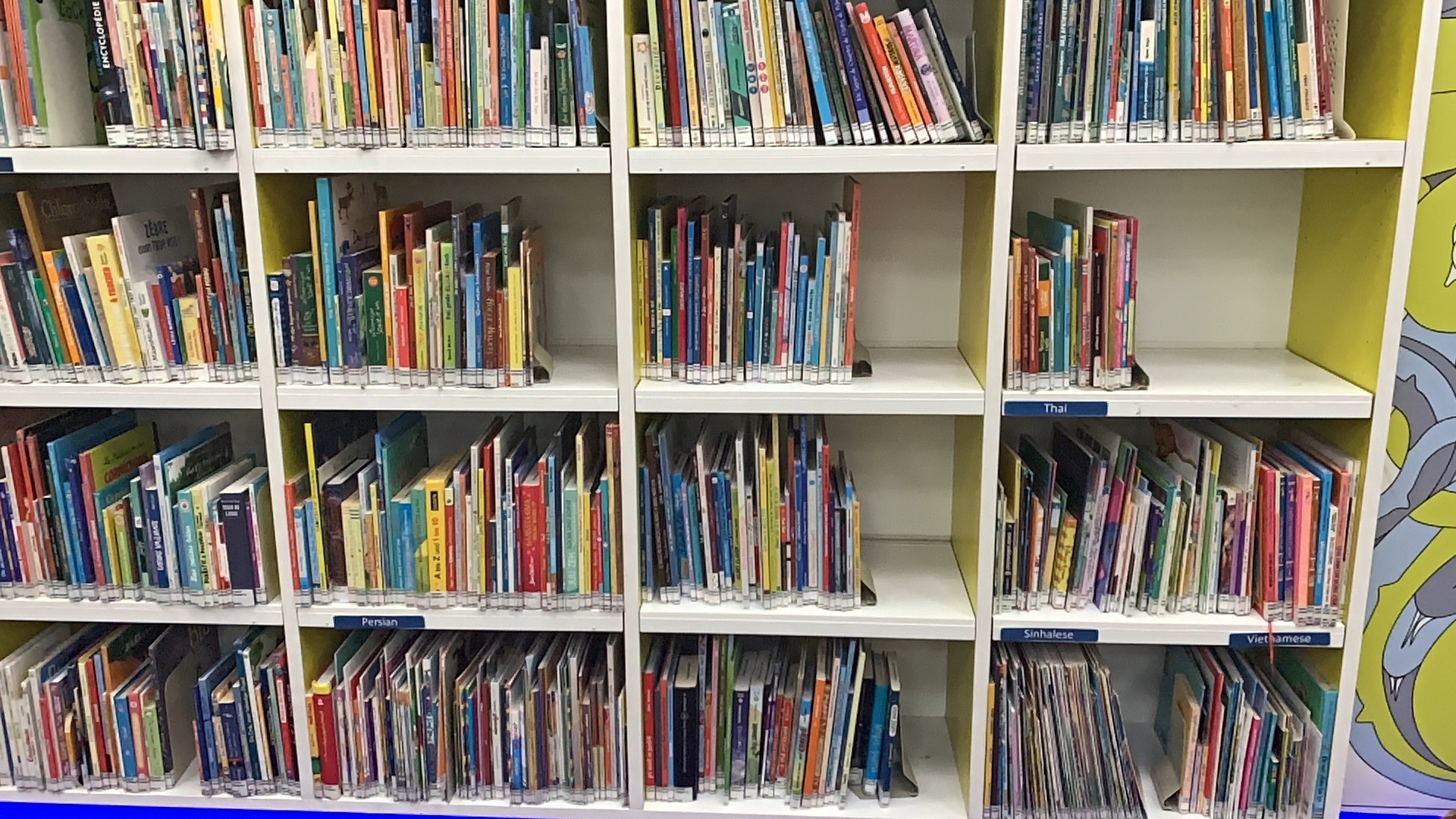
Furthermore, books foster empathy and understanding by allowing children to see the world through the eyes of others. By immersing themselves in diverse narratives and perspectives, children develop empathy for people from different cultures and backgrounds, laying the foundation for a more inclusive and compassionate society. Children can absorb good values, habits and positive characteristics from protagonists in a story and can identify with them.
books foster empathy and understanding by allowing children to see the world through the eyes of others
There are 22 official Indian languages and many more languages and dialects that are spoken in India. Tamil is one of the oldest languages, spoken in South India and Sri Lanka, and sizeable Tamil-speaking populations in Malaysia, Singapore, Philippines, Mauritius, South Africa, Indonesia, Thailand, Burma, and Vietnam. In New Zealand, an early reference to Tamil is on the bell preserved in The Museum of New Zealand Te Papa Tongarewa. The Tamil Bell is inscribed with Tamil script, and has been dated to the 17th or 18th century.
Access to Indian Children’s Books in New Zealand
Although it can be harder to find Indian language children’s books in regional libraries, there are a significant number of children’s books available in our bigger centres. For instance, Auckland Libraries lists 180 titles for children in Tamil, 731 in Hindi and 162 in Gujarati; while Wellington City Libraries lists 57 children’s books in Tamil, 125 in Hindi, though only two in Gujarati. In a recent article, Tom Blessen reports that, “Public libraries in New Zealand are playing a pivotal role in fostering a culture of community engagement and inclusivity.” Indeed, since there aren’t many options for buying books in Indian languages on these shores.
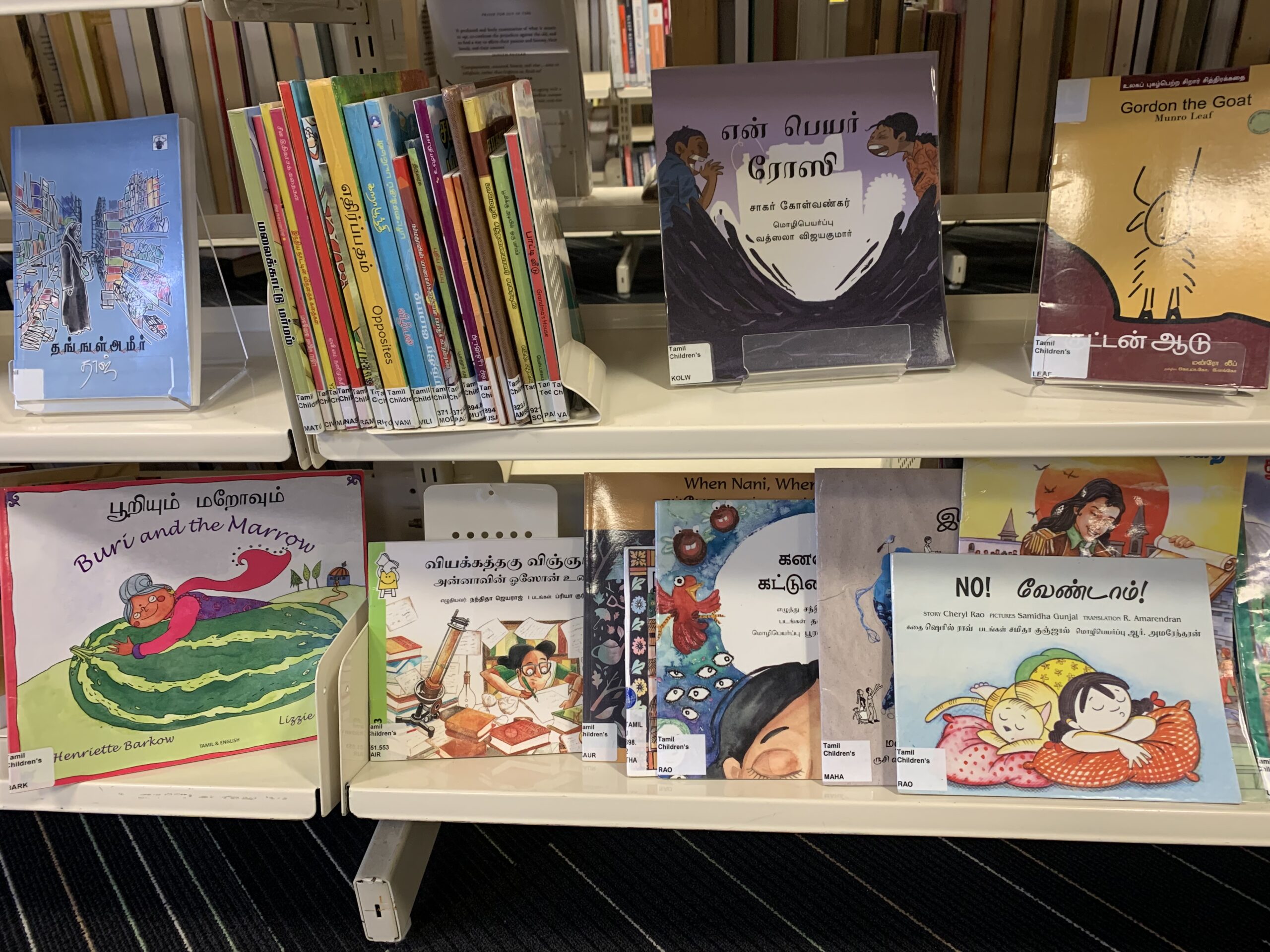
In New Zealand, Indian languages are taught to children who are interested, by the various Indian Associations in the country. Some of these organisations may have a small collection of books but very few children’s books.
In the 2018 census, Auckland has a population of 154,824 Indian New Zealanders; Wellington has 22,227; Waikato around 17,000; and Canterbury around 15,000. Indian New Zealanders are the fastest growing Kiwi ethnic group, and the second largest group of New Zealand Asians. It would make sense for libraries and bookstores to provide access to books that represent different populations. Teachers and children can share such books, to reflect the diversity in their classrooms and to make all children feel included.
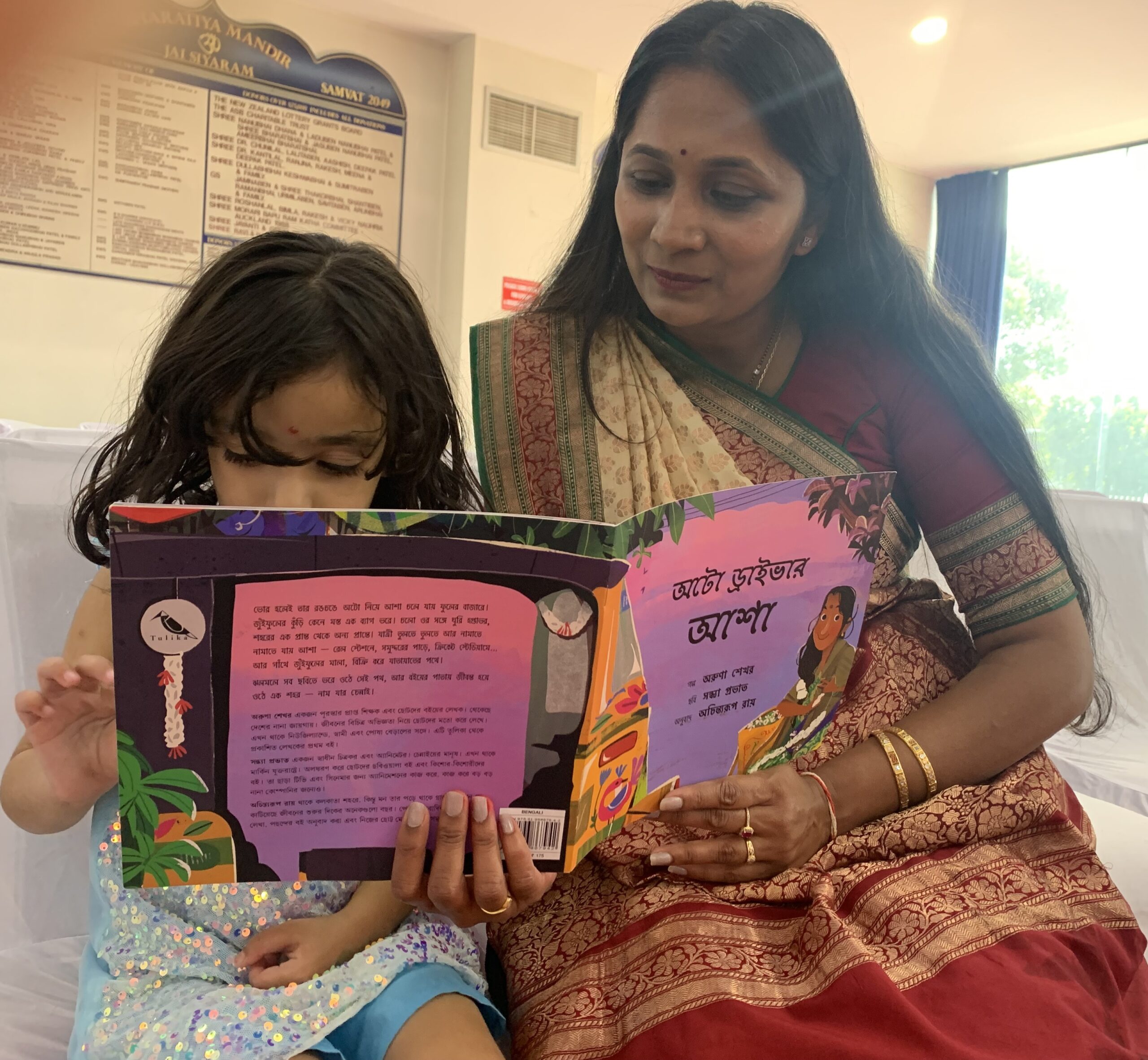
We want children to grow up being proud of their heritage, while blending in as Indo-Kiwi children. Ideally, children growing up in New Zealand should embrace all cultures— all of their adopted local and home cultures and heritage. This can be a delicate balance for children to navigate. For them to understand and respect multiple cultures takes time. Parents need to be patient while providing explanations when the opportunity arises. As children spend a lot of time at school with their peers, they tend to easily absorb the local culture and behaviour. Many do so quickly in order to “fit in”. That is good but it is important, too, they learn about their own heritage.
Children everywhere deserve to see characters who look like them or have familiar names in the books they read.
In a landscape where diverse representation in children’s literature is still lacking, I wanted to write a book that fills a crucial gap. Children everywhere deserve to see characters who look like them or have familiar names in the books they read. By featuring a range of characters, my book offers a much-needed representation and visibility to children who often feel underrepresented in books.
Asha the Auto-Driver was launched on International Women’s Day, which highlights women’s achievements over the years. This book celebrates Asha, the female protagonist, who is from an underprivileged community and works hard to make a living in the male-dominated occupation of auto-driving. Many South Asian countries have autos or tuk-tuks as a mode of transportation, so children in or from South Asia can easily relate to it.
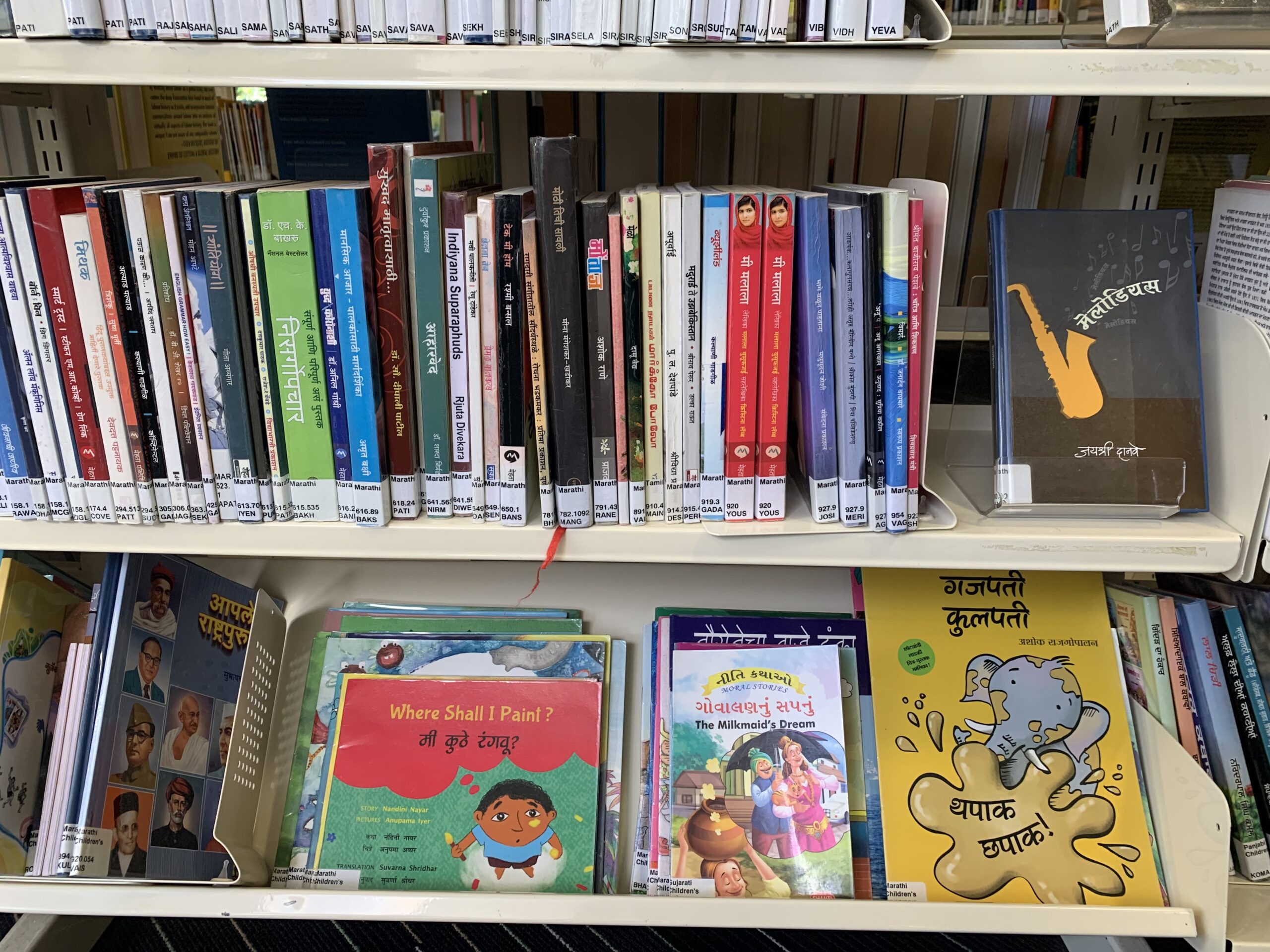
In a world where gender stereotypes often dictate career choices, I wanted the book to break barriers and celebrate the spirit of determination and empowerment. Asha-the-Auto-Driver, illustrated by Sandhya Prabhat, takes readers to different parts of a metro city in India. Asha’s journey is one of courage, duty and adventure, where she navigates through the busy streets of a major city in India, carrying children to school, football matches, dance classes, and more.
It was important for me to have the book available in multiple languages. Asha the Auto-Driver is published in English and eight Indian languages—Tamil, Hindi, Gujarati, Bengali, Marathi, Kannada, Telugu and Malayalam. The multilingual approach ensures that children from diverse linguistic backgrounds can access and enjoy the book, fostering inclusivity and cultural exchange. It also serves as a valuable resource for language learning, allowing children to engage with the story in their native tongue or explore new languages.

I selected the name Asha for the protagonist for two reasons. Firstly, the simplicity of pronunciation, and secondly, the meaning in Hindi, which is hope. The protagonist hopes for a change in the thinking and perceptions of societies that tend to assign occupations to specific genders. Portraying everyday life rather than a book specifically about being Indian is also a way of connecting to readers across nations. Asha also loves flowers, and like flowers, our young readers can bloom and grow with a broader appreciation for other people and places.
Public Library World Language Collections in Aotearoa
Central Otago & Queenstown Lakes Libraries
Is your library’s collection missing from this list? Let us know!
Aruna Shekar
Aruna Shekar is an award-winning children’s book writer. She grew up in different parts of India and graduated from Madras University in Chennai (India). She speaks English, Tamil, and Hindi. In New Zealand she worked at Massey University as a lecturer. Her experiences as a teacher and her extensive travels enrich her stories. Her recent books include: Pet Pals, One-of-a-Kind (bilingual in English and Tamil) and Guess Whose Tail. They are colourful and interactive children’s books. Her most recent book, Asha the Auto-Driver, is available here.
Aruna lives in Auckland with her husband and Bengal cat.




